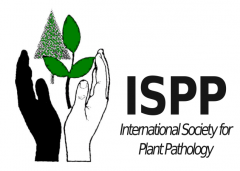
The Enhancement of Plant Disease Resistance Using CRISPR/Cas9 Technology
Frontiers Plant Science
2018Authors: Virginia M. G. Borrelli, Vittoria Brambilla, Peter Rogowsky, Adriano Marocco and Alessandra Lanubile
Genome editing technologies have progressed rapidly and become one of the most important genetic tools in the implementation of pathogen resistance in plants. Recent years have witnessed the emergence of site directed modification methods using meganucleases, zinc finger nucleases (ZFNs), transcription activator-like effector nucleases (TALENs), and clustered regularly interspaced short palindrome repeats (CRISPR)/CRISPR-associated protein 9 (Cas9). Recently, CRISPR/Cas9 has largely overtaken the other genome editing technologies due to the fact that it is easier to design and implement, has a higher success rate, and is more versatile and less expensive. This review focuses on the recent advances in plant protection using CRISPR/Cas9 technology in model plants and crops in response to viral, fungal and bacterial diseases. As regards the achievement of viral disease resistance, the main strategies employed in model species such as Arabidopsis and Nicotiana benthamiana, which include the integration of CRISPR-encoding sequences that target and interfere with the viral genome and the induction of a CRISPR-mediated targeted mutation in the host plant genome, will be discussed. Furthermore, as regards fungal and bacterial disease resistance, the strategies based on CRISPR/Cas9 targeted modification of susceptibility genes in crop species such as rice, tomato, wheat, and citrus will be reviewed. After spending years deciphering and reading genomes, researchers are now editing and rewriting them to develop crop plants resistant to specific pests and pathogens.
Indietro 



